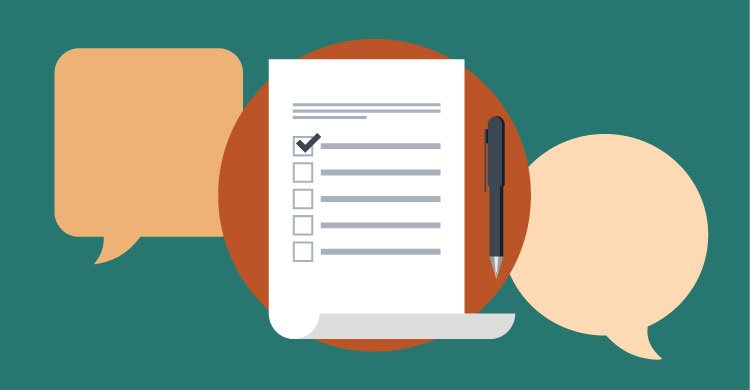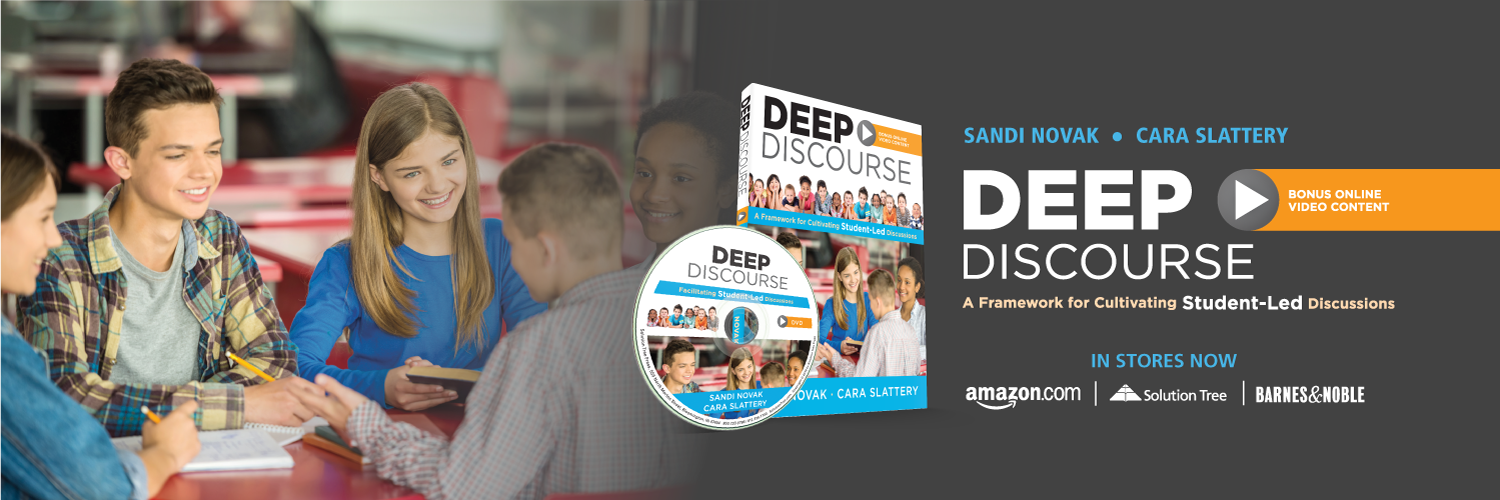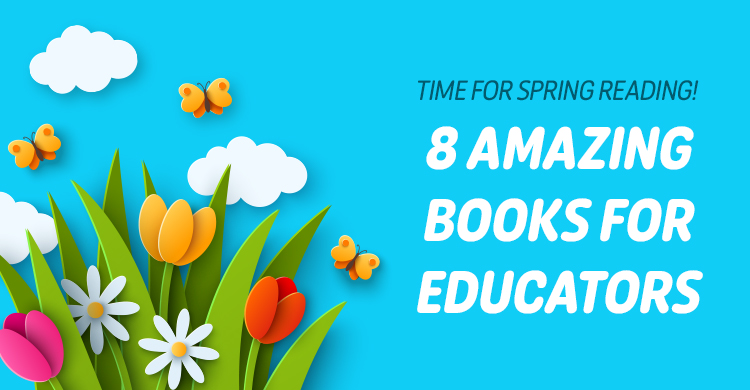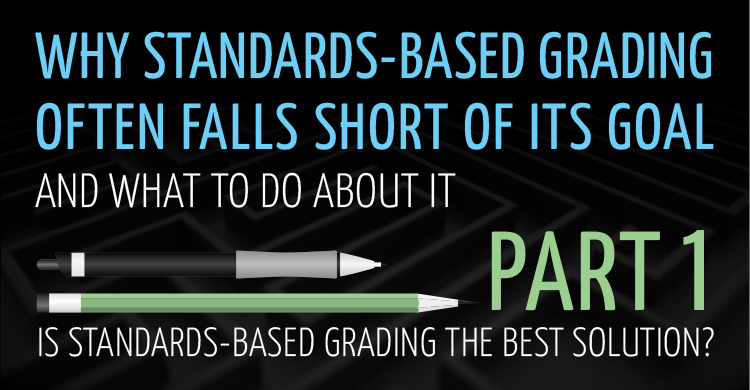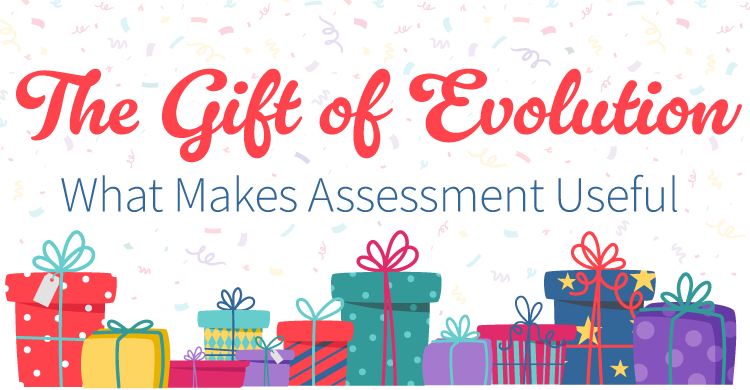This is the ninth post in a series on student-led, small-group discussions. To read the other posts, see “Small Groups, Big Discussions.” The series explores the challenges to effective small-group discussions and how to address them. The content is connected to the book Deep Discourse.
Often, teachers wonder how they should grade students to hold them accountable during discussions. A conversation with one teacher illustrates the questions many teachers ask. She said, “I want to include more student-led discussions in my classroom, but I don’t know how I would grade their work to hold them accountable. They won’t speak up if they think they aren’t receiving points. How might I grade individual students for their work during discussions? What criteria should I use to grade them as they engage in discussions?”
While I believe specific feedback related to criteria taught during the focus lesson gives students more information than the points they receive in a grade book, many schools still report using grades. Therefore, rubrics or checklists developed during whole-group instruction provides the best resource for this type of grading.
Developing Criteria
Students in a ninth-grade language arts class were not including questions in their discussions, so the teacher addressed the issue by providing a focus lesson and time to practice. During the whole-group lesson, the teacher shared examples using video clips of discussions with questions as compared to ones without. These illustrations gave students a foundation to know how using questions makes a conversation more provocative. Next, the teacher asked students to help select the criteria they would be working on while they talked in their small groups. Together with the teacher, students determined that they wanted to work on the following:
- Contributing both as a speaker and as a listener
- Using good questions
- Referencing the text to support their claims through quotes and paraphrasing
- Making comparisons between the text and the movie
Chapter 6 in our book, Deep Discourse, contains many examples of criteria or look fors that correlate with specific topics to engage students in rich conversations.
Observing Student-Led Discussion
After the criteria were determined by the class, a student volunteered to create and print a grid for all students to reference while talking and when they self-evaluated their performance. Scoring for this exercise was simply 0 for not meeting the criteria, 1 for partially meeting, 2 for meeting, and 3 for exceeding the criteria. Quantity of responses did not automatically warrant a higher score. The class determined that when students contributed something meaningful to the conversation, they had met the criteria. Likewise, they exceeded the requirement when their contribution stimulated other thoughts, caused the conversation to go deeper, or probed a thoughtful, good question.
Student’s Self-Evaluation Form
| Criteria | Example/rationale | Score |
| Meaningful contributions when speaking | ||
| Thoughtful listener | ||
| Ask questions | ||
| Reference text or film | ||
| Make comparisons between text & film | ||
| Overall score |
As students engaged in their discussion, the teacher used a checklist with the same criteria during her observation of student groups. She modified the template to include space for five students, while retaining the attributes determined by the class. Typically, the teacher observes a group for about five minutes of a twenty-minute discussion. As a result, the teacher is unable to watch the interactions of all groups during one period. However, by recording and keeping good notes, she will observe other groups the next time students engage in their own discussions.
Try It Yourself:
Use the criteria above to evaluate the group of students in the following video clip. What score would you give to each student using a scale of 0 to 3?
Then compare your evaluation to the teacher’s observation below. How does your marking compare? Students are numbered from left to right in the video.
Example of a Teacher’s Observation Form
| Criteria | Student 1 | Student 2 | Student 3 | Student 4 | Student 5 |
| Meaningful contributions when speaking | √√ | √√ | √√√ | √√ | √√√ |
| Thoughtful listener | √ | √ | √ | √ | √ |
| Ask questions | √ | √√ | √√√ | ||
| Reference text or film | √ | √ | √√ | √ | √ |
| Make comparisons between text & film | √ | √ | √ | √ | |
| Score |
Documentation
Many teachers document conversations as a way of assessing progress. For example, some teachers create a notebook tabbed with each student’s name. They also jot down comments on a sticky note and place it on the tabbed page for that student. This record provides a rich source of information for a conference or a student report.
You might also consider reading student journals and noting how student reflections are developing. Keep a record for each student with notes about whether the student has moved from superficial to in-depth reflections. Indicators of in-depth reflections include making specific reference to the discussion, providing examples and elaboration, making connections to other learning, and documenting modifications based on insights from this experience.
Reporting
Whether you use a traditional letter or numeric system for reporting or a standards-based report card, many teachers provide additional information as examples to show how the grades have been derived. This is a perfect time to have students show samples of various self-evaluation forms they have collected over the reporting period. It informs parents of the students’ communication and group membership skills they have been addressing while providing a glimpse into their child’s perspective of their progress.
Accountability
Peers hold group members more accountable than we educators ever could. Just knowing that they will be self-evaluating and reflecting on how they did as a group usually provokes their desire to engage in the work. However, we should not dismiss the importance of students having meaningful, good content to read that they had some choice in selecting. Refer to my blog post on problem solving why students may not be contributing to their discussions for more information about reading choice.
Although one purpose may be to grade individual students, it is equally important for students to reflect upon their work as a group and to set goals for improvement. Reflection causes group members to think about how they performed the skills they were working on by synthesizing and evaluating the discussion. The teacher helps each student monitor individual progress, construct meaning from the content learned and from the process of learning it. When the process of reflection occurs regularly, students even apply the learnings to other contexts and settings.
Students realize meaning-making is an important goal when reflection becomes part of the discussion process. For example, the students in the example described earlier were working to improve their use of questions during their discussion. Invite them to share what they learned, detail the questions they used, describe when the questions were used and what level of questions were employed, and reflect on the depth of conversation using questions to determine their application and adequacy. During these kinds of reflections, students learn how to listen to and explore the implications of each other’s growth strategies. This reflection helps motivate students to improve their communication and group membership skills. It also helps teachers know what skills need to be reinforced through additional whole- or small-group instruction.
Next time, I answer questions about feedback and reflection. Look for the blog post on December 28.
Sandi Novak, an education consultant, has served as an assistant superintendent, principal, curriculum & professional development director, and teacher. She has authored three books: Deep Discourse: A Framework for Cultivating Student-Led Discussions (Solution Tree, 2016), Literacy Unleashed (ASCD, 2016), and Student-Led Discussions (ASCD, 2014). She also authored the Online ASCD PD Course, “Building a Schoolwide Independent Reading Culture,” as well as journal articles and blogs. Visit Sandi’s website, join her professional LinkedIn community, or send her a tweet @snovak91335.
References:
Novak, S. & Slattery C. (2016). Deep discourse: A framework for cultivating student-led discussions. Bloomington, IN: Solution Tree.


